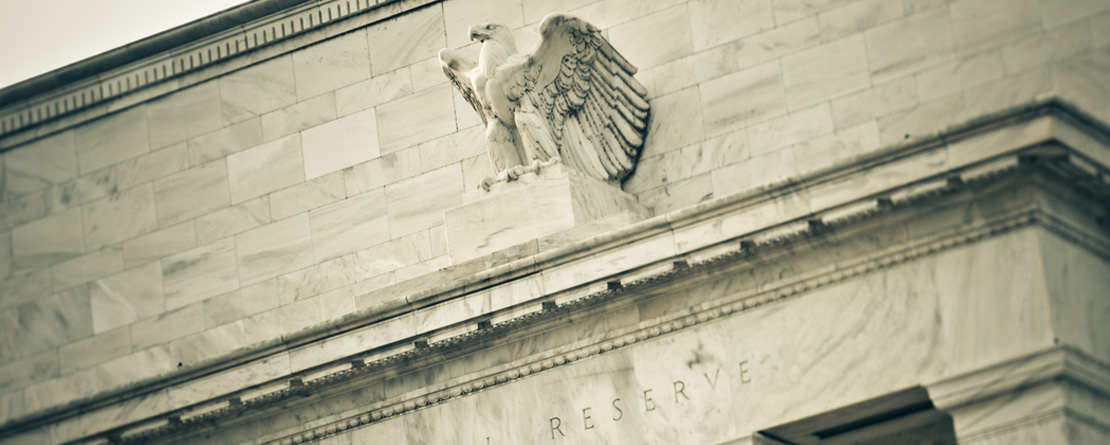How do the rate hikes affect investors?

Further base rate hikes in the United States...
The United States Federal Reserve has implemented further rate hikes, as it has been announcing for some time. No clear indication has been given as to how far they will continue to rise, and therefore most investors think that there will be further hikes in the remaining months of 2018 and throughout 2019.
As a result of the rate hikes investors buying short-term US government debt will obtain a higher return on their savings.
...which could be a unique opportunity for investors...
Therefore, many investors are taking the opportunity to buy into short-term US debt in the form of deposits, T-bills or short-term private issuances. The aim of these investors is to maximise returns, in the belief that in a context of rising interest rates there is no pressure to buy longer-term debt offering a higher return.
We hold a slightly different view, which could imply substantial advantages for our more conservative customers.
...to accumulate all carry/coupons possible on longer-dated instruments...
We think that the high debt levels seen in the leading economies could significantly restrict the scope of central banks to lift rates. This is because high rates mean that governments, companies and the general public have to pay higher interest, and this could have a very negative impact considering their levels of indebtedness.
The rate hikes we are seeing in the United States could be temporary and the Federal Reserve could be forced to reduce them, even to around zero, in the event of adverse economic developments. The rate hikes themselves could even have a negative effect on economic growth and the solvency of companies and households.
Therefore, we believe that investors should take advantage of the current hikes to accumulate as many long-term coupons as possible and ensure this return is obtained over the period of time specified.
...and ready their portfolios for a scenario of structurally-low interest rates.
Short-term investors may find that rates have returned to very low levels when their investments reach maturity. In this case, they will not be able to “place” their funds in assets offering sufficiently attractive returns and will once again experience the structural effects of financial repression (or very low rates), as occurred in the past.















